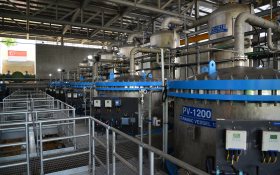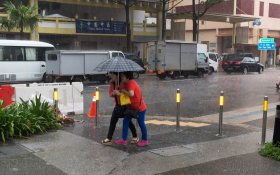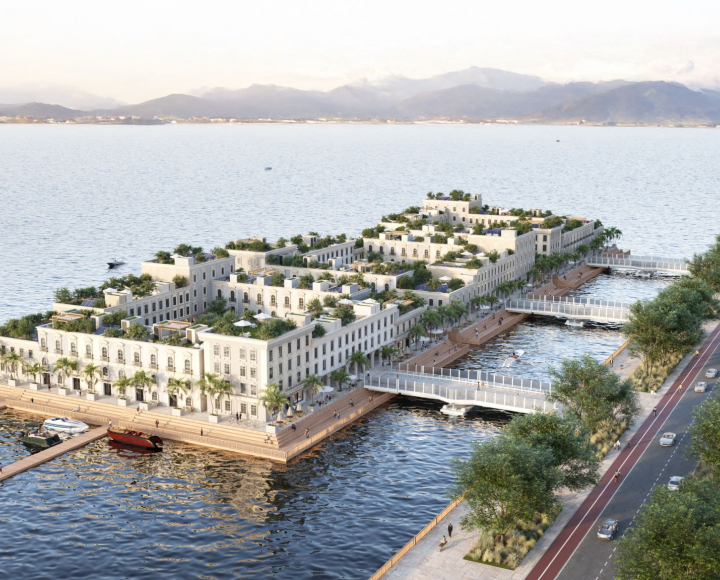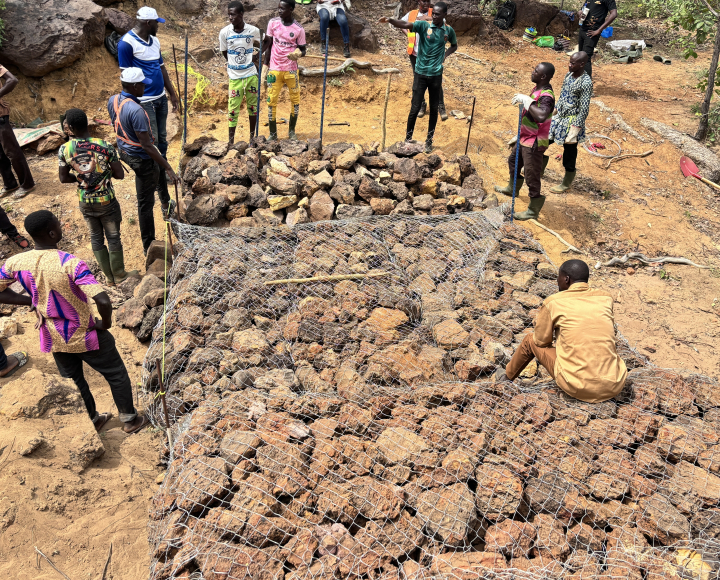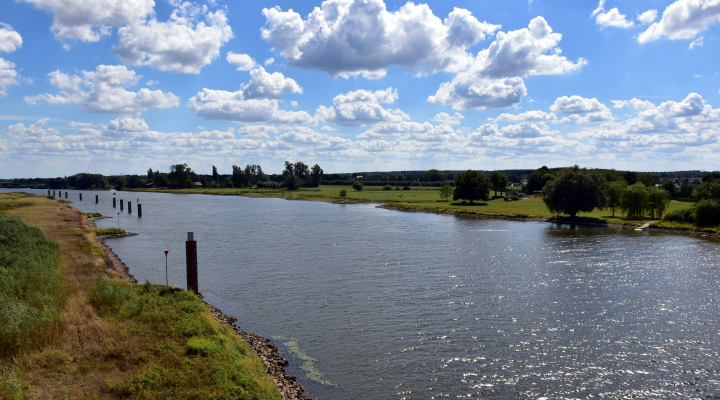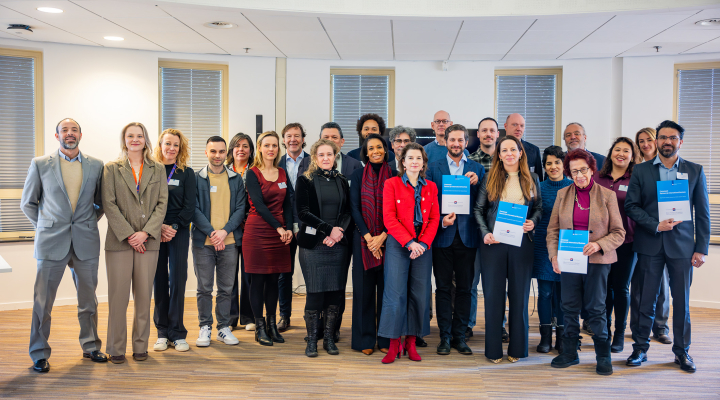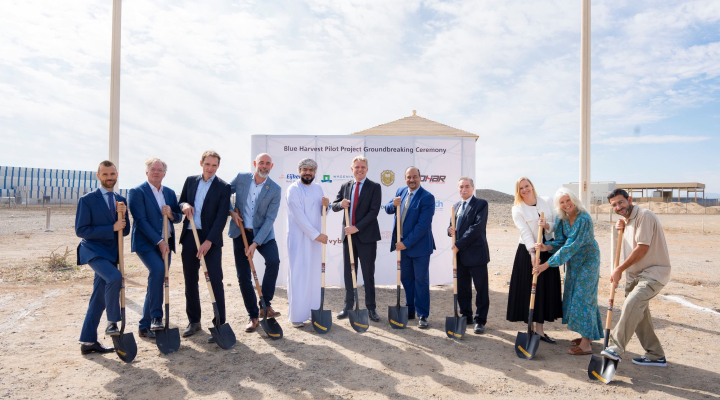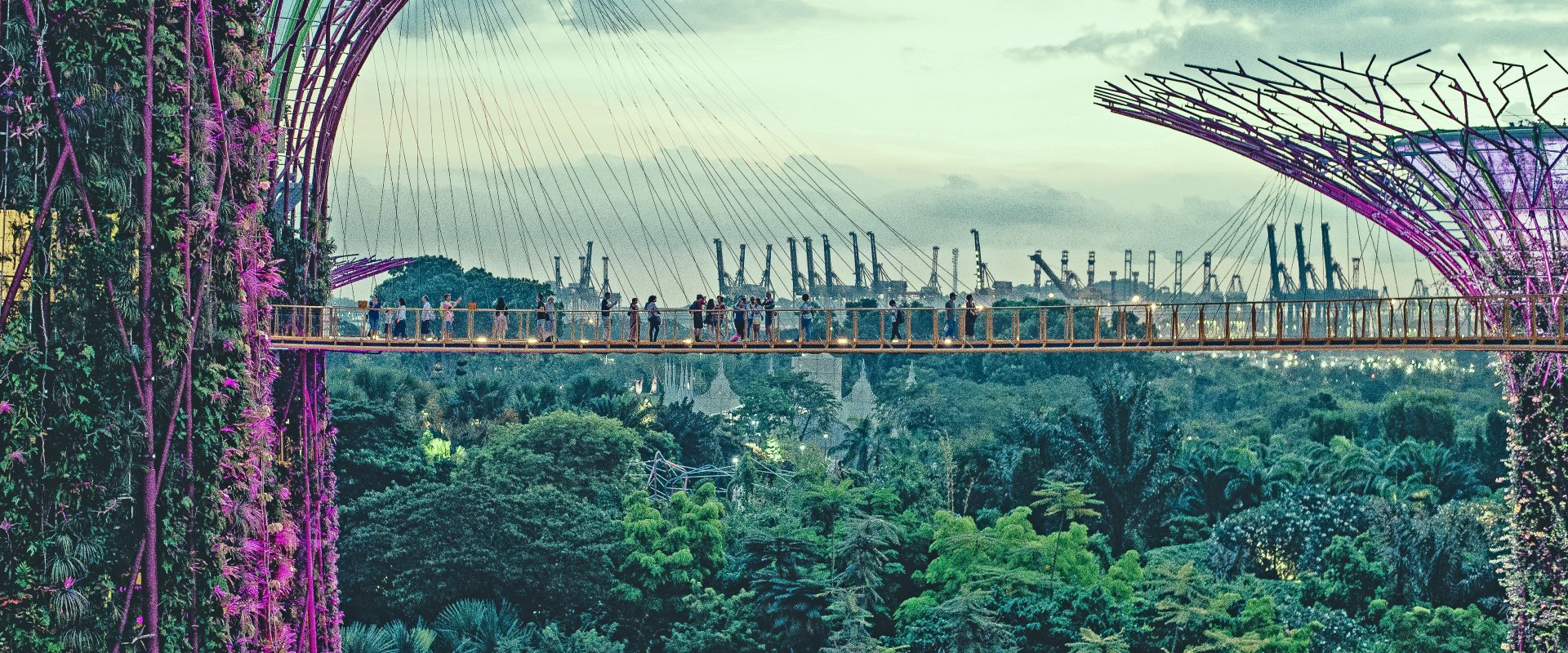
SIWW2021: Promising nature-based solutions for Asian coastal cities
Water storage, green roofs and tree shaded walking routes, are nature-based solutions with an enormous potential for densely populated Asian cities that are increasingly impacted by extreme weather events.
Implementation shows that there is more to it than just another civil engineering project. There is still a way to go for nature-based solutions to become mainstream.
These were some of the take-aways from the session Climate Adaptation in South East Asian Cities at the online Singapore International Water Week 2021 on 30 June.
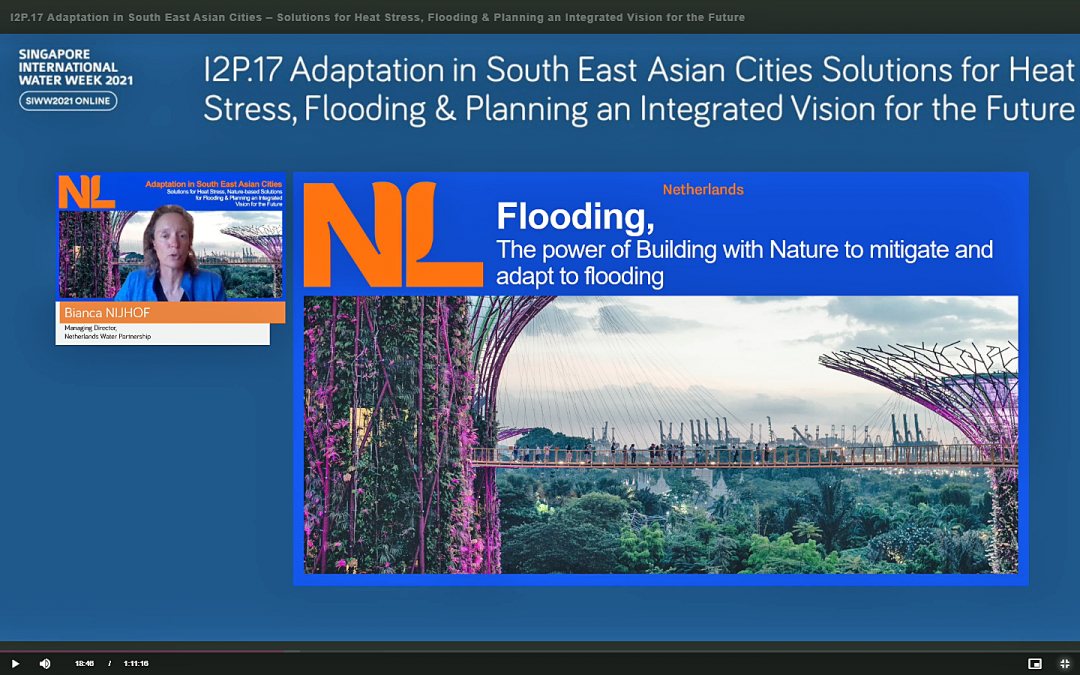

Multiple advantages
Floods, heat stress and soil subsidence are occurring in many cities in South Asia that are often growing at incredible speed. Many cities are situated in low lying coastal areas with increasing flood risks as sea levels are on the rise.
Lack of space make the cities, intentionally or not, expand further into the lower lying areas around the cities. Especially in case of coastal cities, this concerns the still open marshlands of the river deltas. Build ups in these areas increase the soil subsidence and make the cities even more vulnerable to sea level rise.
The SIWW2021 session learned that nature-based solutions incorporate natural processes that can have multiple benefits and, at the same time, provide the opportunity to improve the livability in cities.
In a static urban environment, nature-based solutions have shown that a different mind-set is needed as they require a certain flexibility to develop and to keep performing on their original design criteria.
Participants of the Dutch-Singapore SIWW2021-session shared their experiences and presented several tools and solutions that have already been introduced.
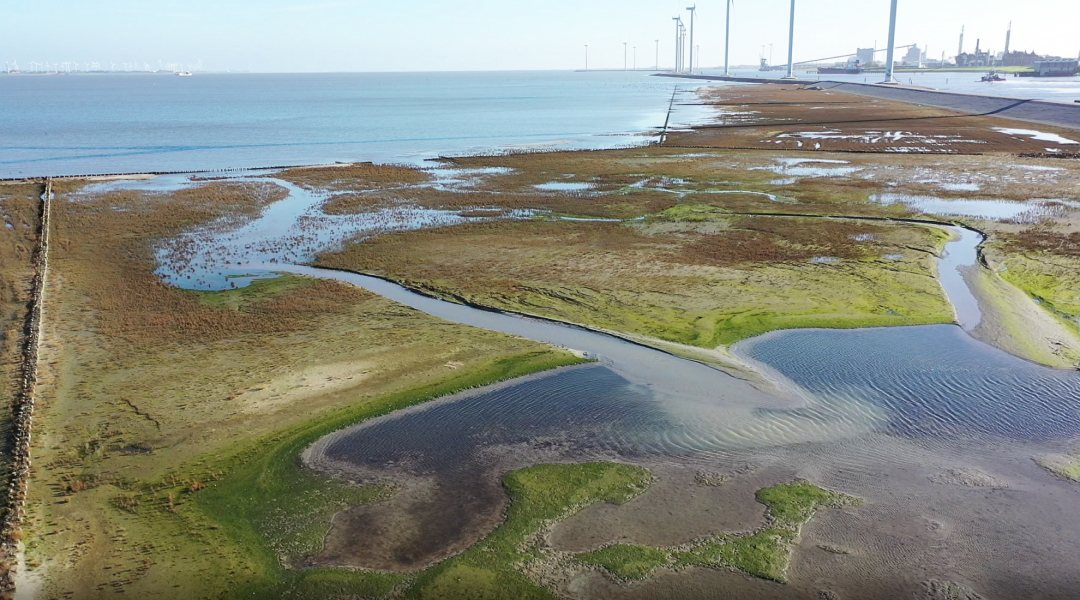

Multilayer grey-green flood defences
Matthijs Bouw, founder of One Architecture & Urbanism told about his experiences with nature-based solutions in coastal cities to address sea level rise. ’As a company we do many coastal adaptation projects in urban environments. They often involve hard infrastructure with a little bit of green on top. What we would like to see is multilayer systems where nature-based solutions help to attenuate waves in front of flood defence structures.’
‘Nature-based solutions can be really useful to strengthen such traditional grey coastal infrastructure’, he explains. ‘The first one is vegetated foreshores that can be used in lowland lakes to dampen the waves in front of levees. They can be constructed by putting sediment in front of the levees and have salt marches grow on top.’
As examples he mentioned the coast of Demak, Indonesia where bamboo fences catching sediment and mangroves are being restored. And along the coast of the Waddenzee, the Netherlands, clay sediment is captured to create a higher foreshore to dampen waves so they have less impact on the existing levees.
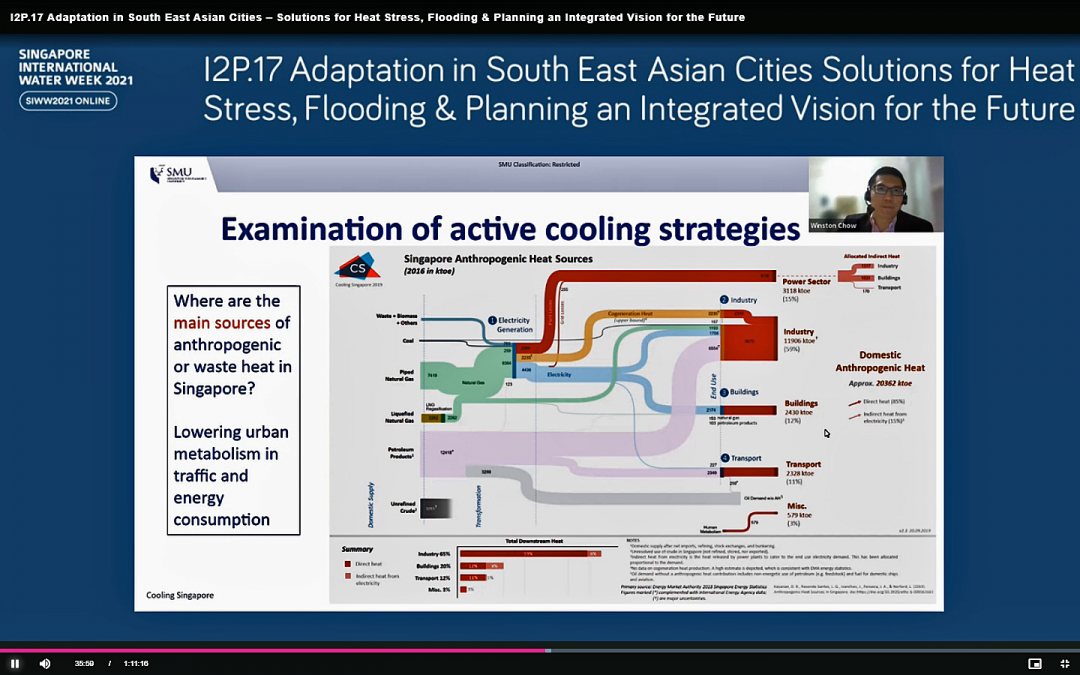

Cooling options
Associate professor Winston Chow at Singapore Management University told about the measures that are being taken in Singapore to address heat waves. As a principal investigator he is involved in the Cooling Singapore Initiative. ‘We got three interventions started. We developed a digital twin of the city to simulate scenarios and to look at climate responsive guidelines for more efficient transportation, using more effective materials and creation of more shades. For this the simulation has proven to be very effective’, Chow said.
Chow also mentioned solutions that address floods as well. ‘We looked at more green infrastructure, such as a park along Kallang river. We designed permeable pavements that allow the surface to breath and absorb the heat during the day.
Landscape designer Stephanie Erwin of KuiperCompagnons talked about a guideline with practical information for urban designers with solutions on how to cool cities. The guideline, called Coolkit, introduces some interesting key figures, such as that 200 m is an appropriate distance to a cool place and that a minimum of 40 percent of the primary walking routes should be shaded. ‘We learned that for every 10 percent green added, the air is cooled by half a degree Celsius, this caps to 3 degree. Green roofs can reduce the temperature by 3 degrees, providing they are in white’, Erwin added.
Fragile water systems
Kristina Knauf, associate at architectural firm MVRDV championed urban designs that look at water issues simultaneously with other urban issues such as pollution, land use and mobility. She told how her company developed a methodology that includes a good look at the whole water system, as well as the needs of the local communities.
‘In San Francisco Bay, we have been involved in a climate resiliency project', she said, 'where we looked at the whole region and its water system. We did that together with the local communities and found out that the existing water system was fragile and needed more linkages to be able to cope with weather shocks.’
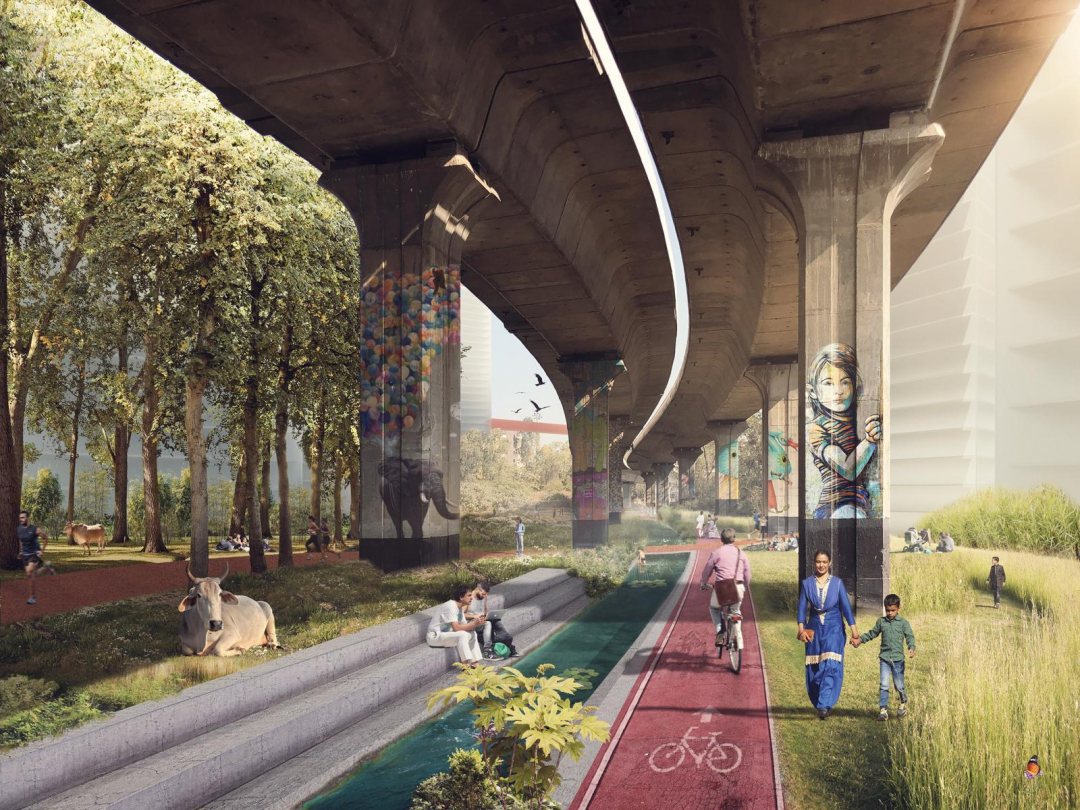

From threat to opportunity
Knauf wondered when cities will break with the vicious circle of growth and increasing pressure on urban systems. Integrated urban designing can offer a way out, she advocated. Especially for Asian coastal cities where inundation is often disregarded. ‘Is it a vicious circle we need to break or can we use this chance of the growing pressure, to leverage and adapt our cities to these changing water conditions’, she asked herself.
Finally, she mentioned the example of Barapullah Springs in New Delhi, a neglected drainage system underneath a high way. For the development of a masterplan, MVRDV used a tool to identify the most valuable hotspots for intervention. ‘We have been able to improve this public space by cleaning and storage of water, by integrating last mile mobility solutions and by introducing community managers’.
This is the final news item on the Singapore International Water Week 2021 in a series of six. The SIWW2021 took place from 21 June to 2 July, presenting over 120 webinars and a virtual exhibition featuring nearly 30 companies and organisations.
More information: Singapore International Water Week 2021, One Architecture, Coolkit (in Dutch olny), KuiperCompagnons, MVRDV Architects.




